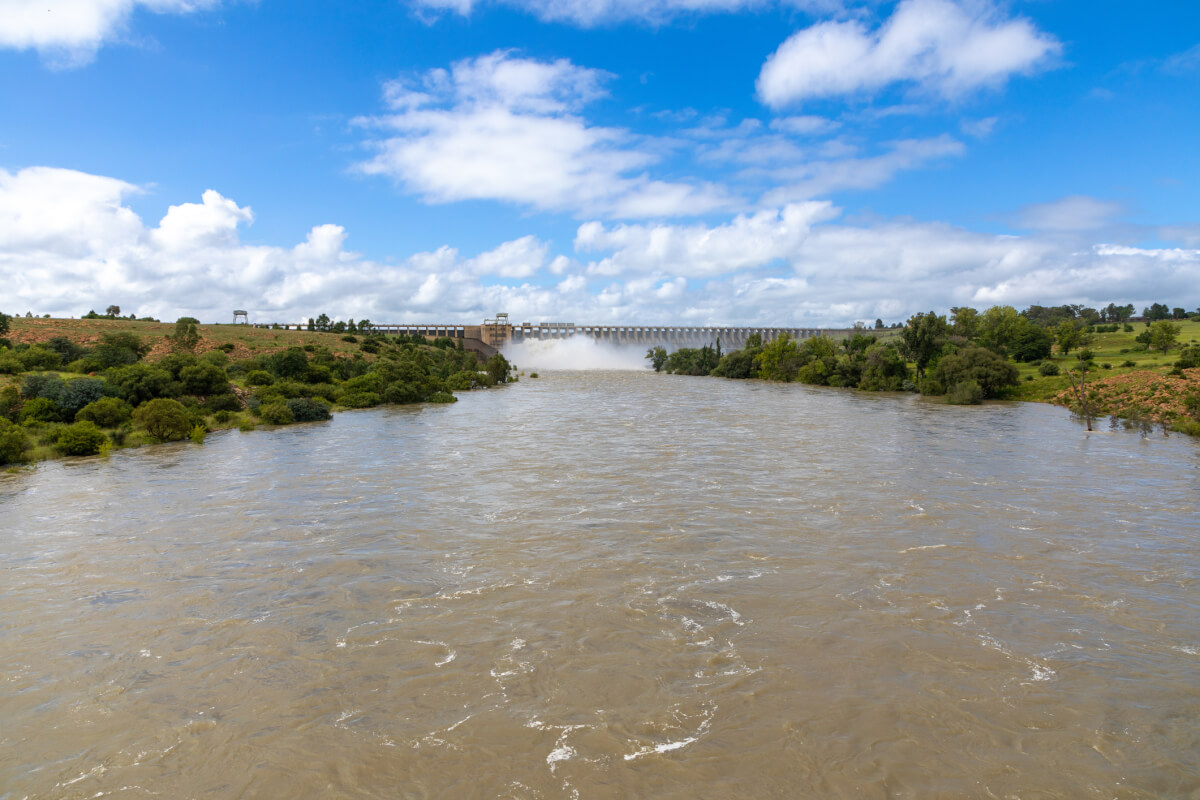Last month, when parts of Joburg had no water, the city’s leadership was in flux.
While this was going on parts of Joburg experienced water outages and low water pressure, despite the dams which supply the city being full.
What do we know about the water situation?
All the provinces have more water this year than last year.

And the major dams that feed Gauteng are very full.


But even though there was water in the dams, water distribution from the south, centre and to the west of Johannesburg was constrained.
Johannesburg Water, the body which supplies the city with water, reported low pressure and sometimes no water in these areas.
The worst affected suburbs were outside the central business district of Johannesburg fed by the Commando System reservoirs – Brixton, Hurst Hill and Crosby.
Areas supplied by the Brixton reservoir experienced water outages over 18 days between 23 September and 25 October.
Its neighbour Hurst Hill – which supplies water from Coronationville (Rahima Moosa Mother and Child Hospital) to Melville, Parktown and Craighall – experienced outages over 14 days.
Crosby had five days of water outages.

Timeline of events
It began with a power failure on 23 September at Rand Water’s Vereeniging water works. According to Johannesburg Water press release, the power failure resulted in a 50% reduction in bulk water supply to the Eikenhof pump station – halving the water supplied to the cente of Johannesburg, Soweto and Roodepoort.
The reservoir and tower in Brixton was severely strained with Rand Water isolating (switching off) Brixton’s pumps to fill up the reservoir and tower on 23 September. This often happened at night between 9pm and 4 am the next day.
Unfortunately the issue at Vereeniging was not resolved overnight.
Vereeniging’s power failure affected Eikenhof on 23 and 25 September.
On 29 September, a pump at Eikenhof tripped for three hours – which reduced the pump’s capacity to 40%.
A day later (30 September), a power supply failure at the Zuikerbosch Purification Plant affected the amount of water supplied to Eikenhof.
And then on 3 October, Palmiet which supplies water to Bassonia, Rosherville and Linksfield Ridge was at a critical stage and 200 million litres of water was diverted from Eikenhof to Palmiet – after Palmiet experienced equipment failure, according to a response from the Minister of Water and Sanitation. The power trips at Zuikerbosch two days earlier didn’t help the decreased water supply at Palmiet either.
On 4 October, Rand Water – which supplies Johannesburg Water with water – saw a decrease in its water storage capacity from 52% to 38%.
To fill up its reservoirs it decreased its water distribution to the Eikenhof pump station, Zwartkopjes pump station and the Palmiet pump station – where systems “collapsed completely” in Crosby, Brixton, Hursthill, Crown Gardens and Eagles Nest, according to Johannesburg Water.
On the same day, Rand Water agreed to stop supporting the Palmiet pumping station and to operate the Eikenhof pumping station at its full capacity.
Johannesburg Water, the City of Tshwane and Ekurhuleni also instituted stage two water restrictions (prohibiting people from watering their garden during the day with a hosepipe) on 4 October – an increase from the annual stage one restrictions put in place from 1 September to 31 March.
Two days later (6 October), there was good news. Rand Water was in the process of operating the Eikenhof pump system at full capacity.
But it didn’t last.
By 16 October, the water in the Commando system – Brixton, Crosby and Hurst Hills Reservoirs – were critically low to empty and watershedding was put in place between 9pm and 4am so the reservoir could fill with water.
On 1 November, Rand Water lifted the stage two water restrictions.
